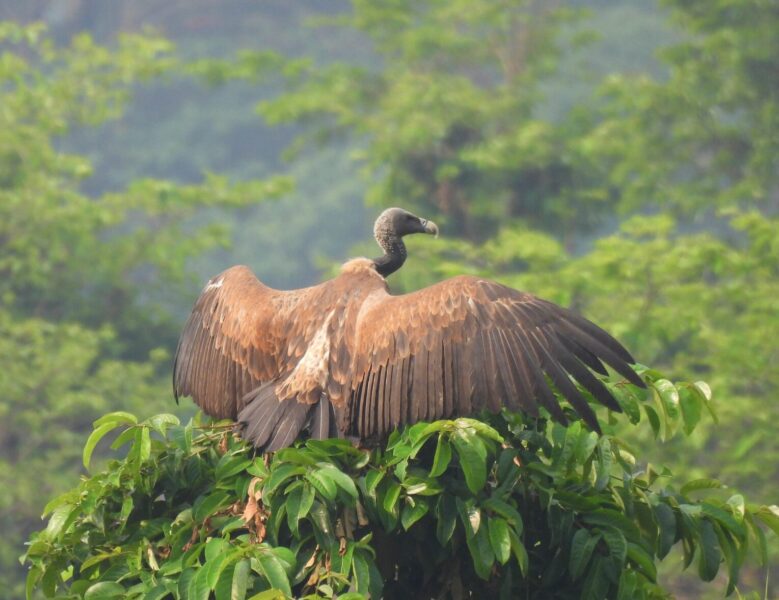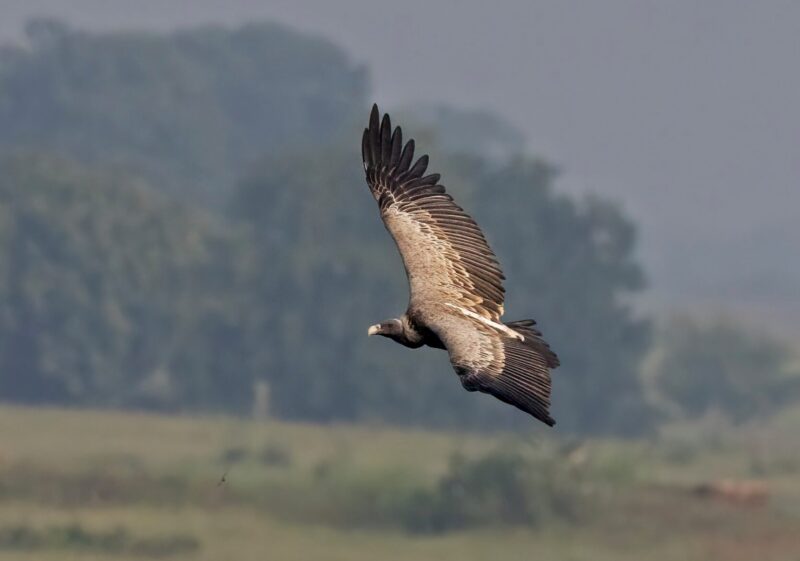In recent decades, the vulture population in India has collapsed. Since the mid-1990s, populations of several species of the big carrion-eating birds have decreased by up to 99.9%. A study reveals that this has severely impacted human health in the region.
When vultures feed on the remains of dead animals, they remove these rotting carcasses from the ecosystem, including any diseases those animals were carrying.
The vulture populations started rapidly declining because of diclofenac, a drug widely given to livestock for pain and inflammation. It happened to be toxic to vultures and killed them when they fed on the carcasses of livestock that had ingested the chemical.

Indian Vulture. Photo: Sumiti Saharan/Macaulay Library/eBird
Why vultures are so important
India has over 500 million head of cattle. Until recently, vultures have been one of the main ways to get rid of the dead ones. With the vultures in decline, the carcasses started to build up, spreading pathogens.
The build-up of carcasses outside tanneries, in particular, got so bad that the government ordered them to use chemicals to get rid of the remains. These chemicals found their way into nearby waterways. Elsewhere, farmers threw carcasses into nearby rivers, likewise contaminating water supplies.
The available carcasses also meant that the number of stray dogs began skyrocketing. These dogs often carried rabies, and more humans were bitten and infected.
The study compared the death rates of humans in all districts where vultures were once prevalent. Researchers used data from before and after the use of diclofenac in 1994. The human death rate increased by an average of 4% after the vultures started dying out. This added up to over 500,000 human deaths between 2000 and 2005.
Though some species of vultures are now near extinction in India, conservation efforts are minimal compared to other species around the world. The birds are constantly associated with death, are not cute and cuddly, and so are not good candidates for fundraising initiatives.






